It allows variation in wall thickness of its products, which are hollow and tubular or rotationally symmetric products. Flow forming helps manufacturers meet complex design specifications and allows for a wider range of dimensional flexibility. Read More…
At Ace Metal Spinning, we believe in creating products that precisely meet our customers' specifications. If you need a unique part, we can make it for you. We also provide in-house tooling to keep your costs low. It is our goal to benefit our customers however we can through our service, products, and prices. Learn more on our website today!
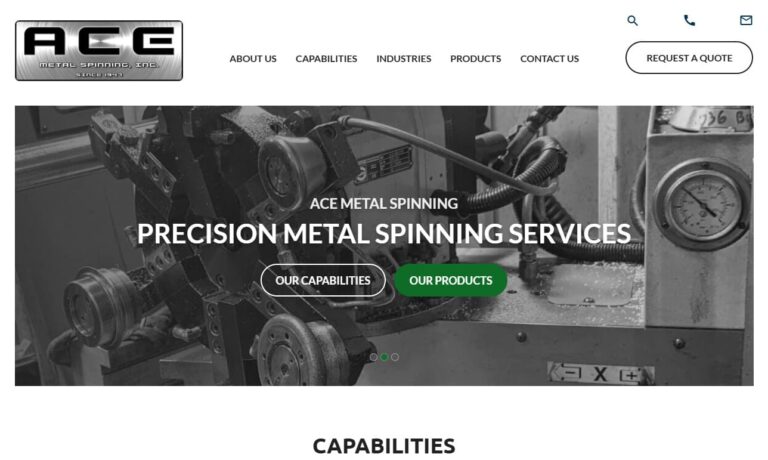
At Stuecklen Manufacturing Company, we take pride in our long-standing expertise in the art and science of metal spinning. Since our founding, we have dedicated ourselves to combining traditional craftsmanship with modern technology to produce precision-formed components that meet the highest standards of quality and performance.

At Sundry Metal Spinning, we specialize in providing comprehensive solutions for metal spinning, catering to the diverse needs of industries worldwide. With our commitment to excellence and extensive experience, we have established ourselves as a trusted partner for customers seeking high-quality and precise metal spinning services. Our metal spinning capabilities encompass a wide range of...

In business since 1944, Muncie Metal Spinning has been a metal spinning company offering tanks, air cleaners, sump breather tanks, fill cans and much more. In addition, we do custom ornamental metal spinning from aluminum, copper or brass, welding, shearing, and prototype development. Call us today for more information or visit our website and request a quote!

More Flow Forming Companies
Many metals, including stainless steel, titanium, copper, aluminum, nickel and brass are subjected to flow forming, which produces products for the aerospace, automotive, nuclear, chemical and petrochemical industries. Flow forming offers many benefits, including the reduced need for welding, shorter length of stock shapes and tighter design tolerances. Though this process is energy saving, the workpiece is subjected to a great amount of friction and deformation.
Flow forming is a cold working process, meaning the metals being formed are shaped at or around room temperature, which ensures that they retain their tensile strength and ductility. While flow forming is able to produce any shape that standard metal spinning can, it specializes in producing automotive wheels for several different kinds of vehicles.
There is a key difference between flow forming and standard metal spinning. Conventional metal spinning uses a thin blank and produces a finished part from the diameter of that blank, while flow forming produces the finished shape by working from the thickness of the starting blank, which creates a part thinner than the original starting blank. The blank, or preformed metal part, is a flat metal disc, which can be stamped with a hole or left whole, that is clamped down.
It is spun on a lathe while rollers apply pressure, forcing it to take the mandrel's shape. The rollers extrude the cross sectional area of the blank's wall thickness. The thickness of the finished part is determined by a gap that is maintained between the mandrel and the rollers. The flow forming process is used in conjunction with swaging, flattening, bending and machining. It produces a smooth, complex part without any chipping or unwanted deformation.






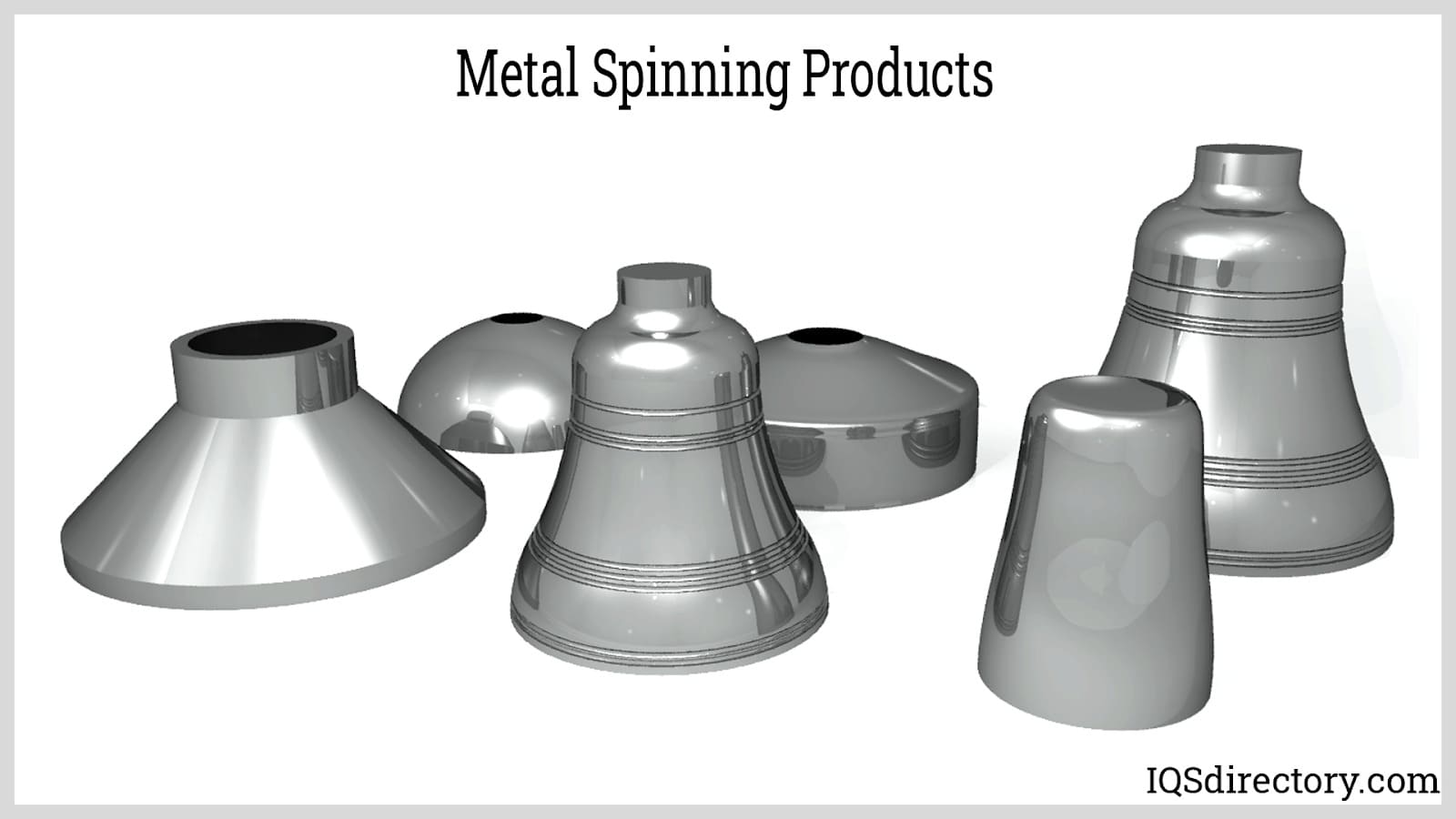
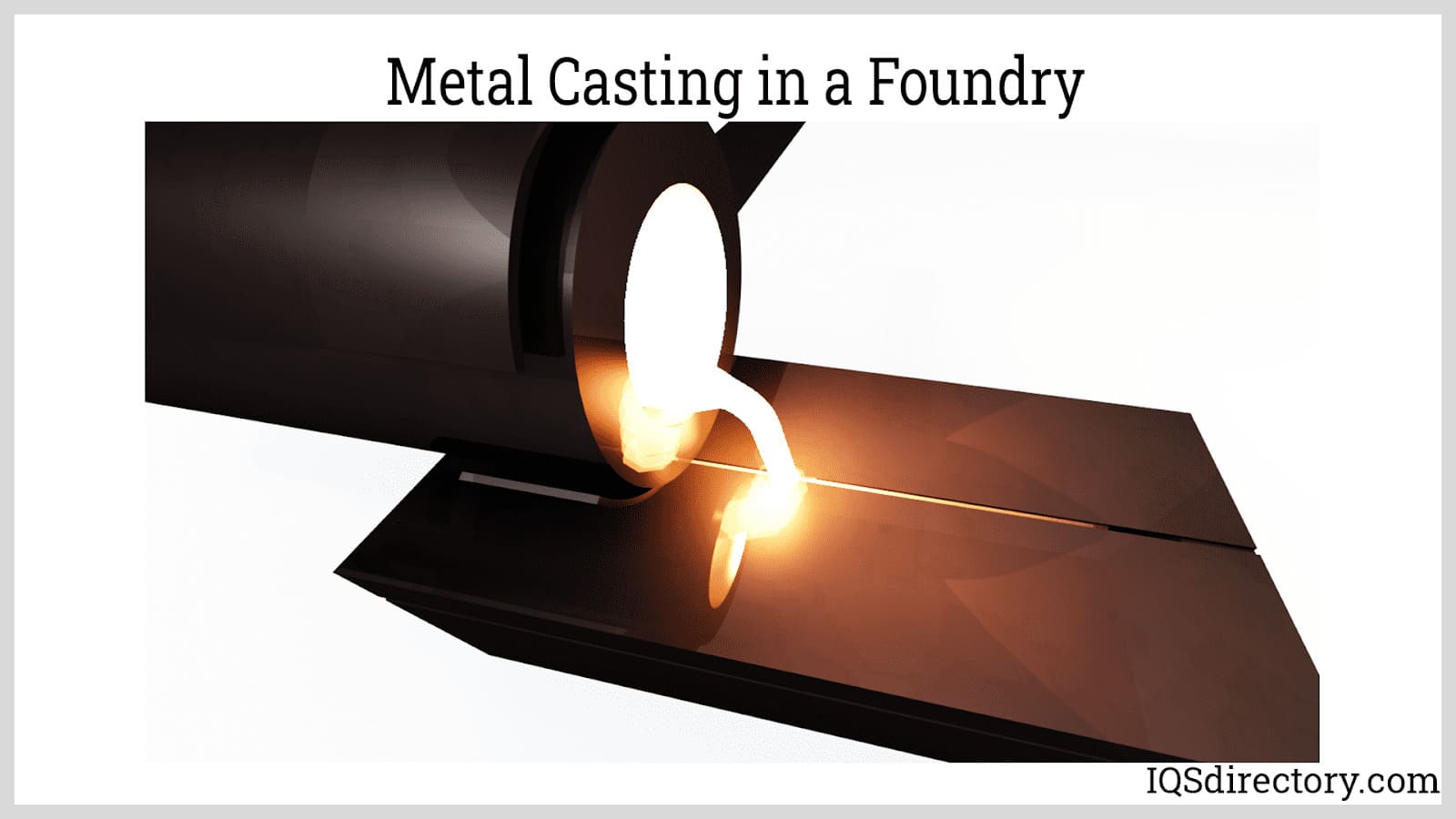
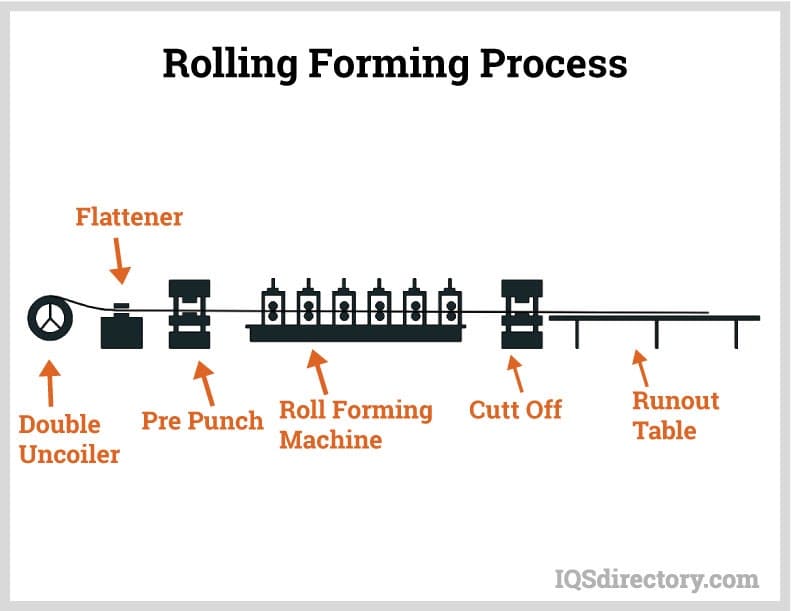
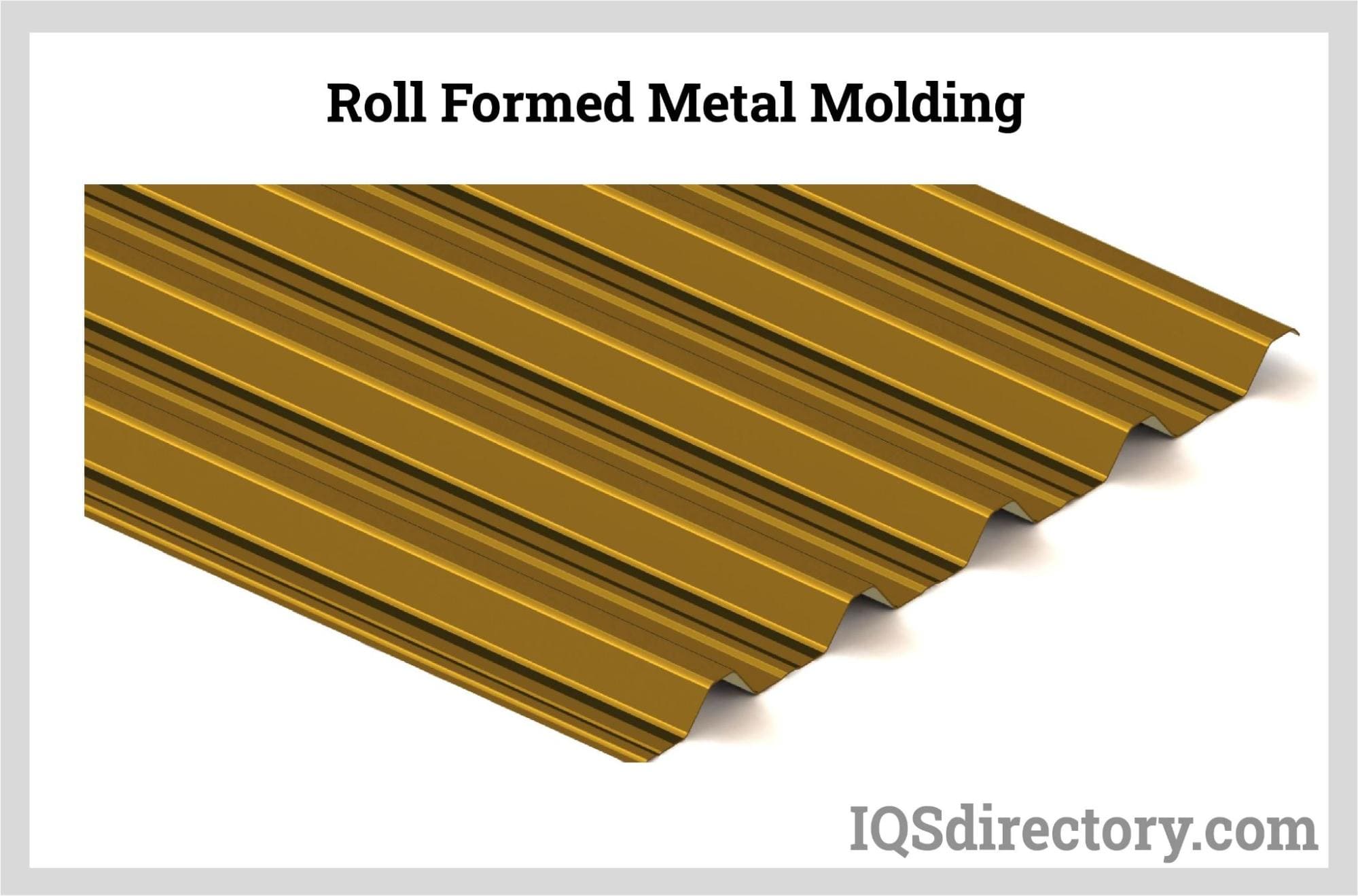
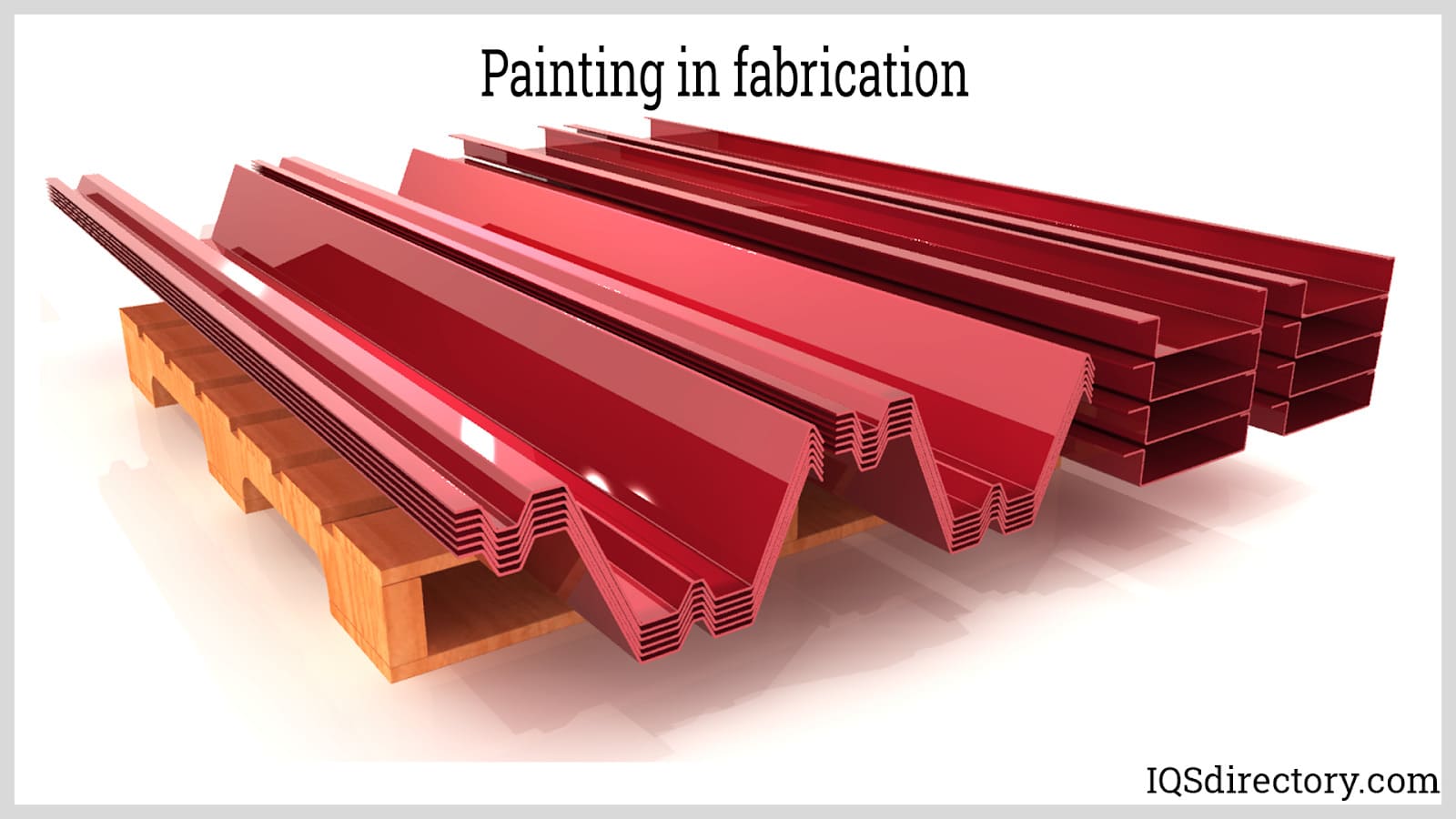
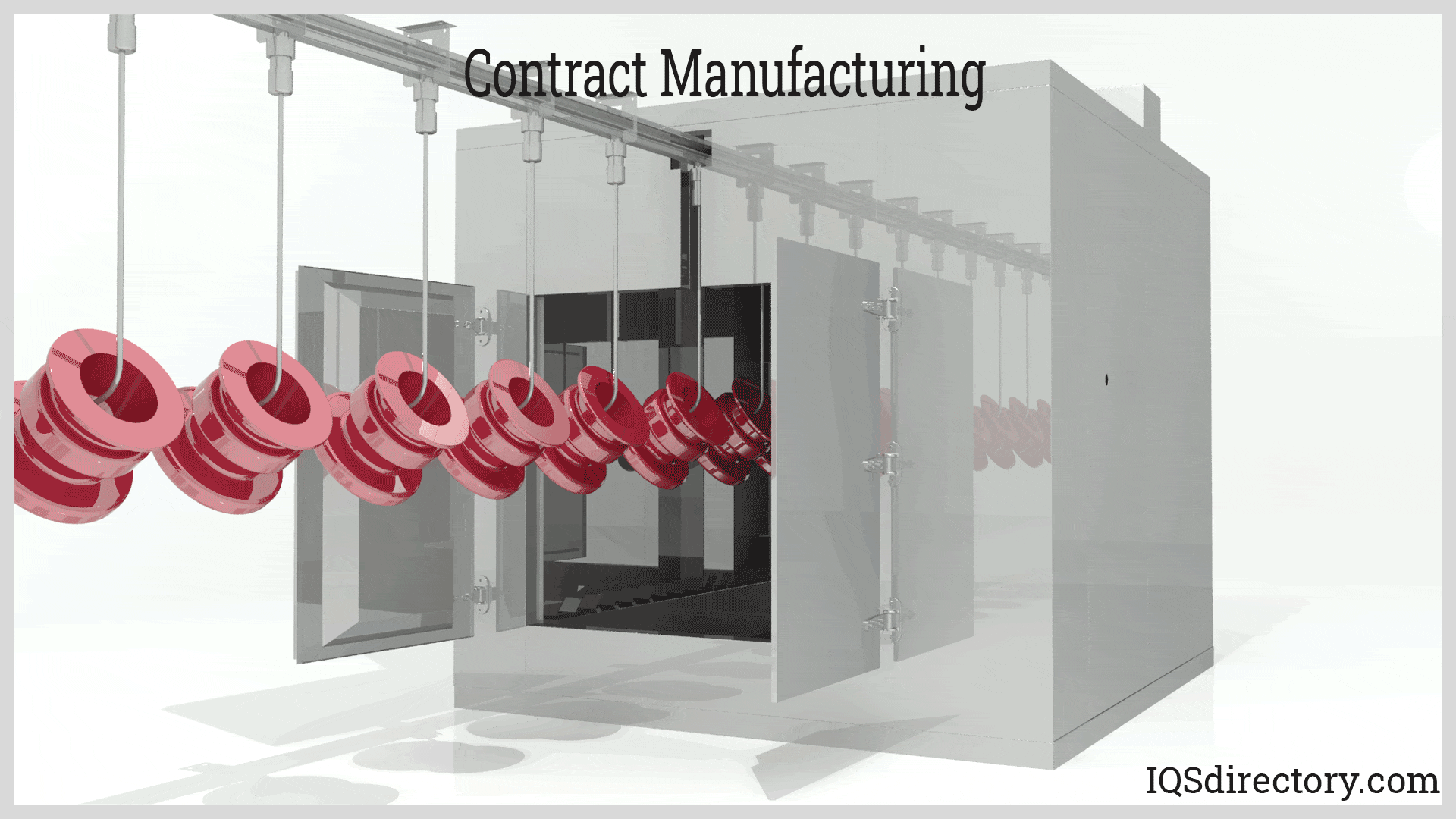
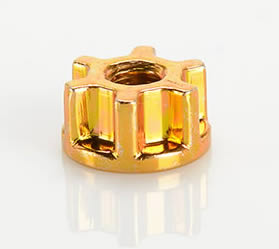 Cold Headed Parts
Cold Headed Parts Expanded Metals
Expanded Metals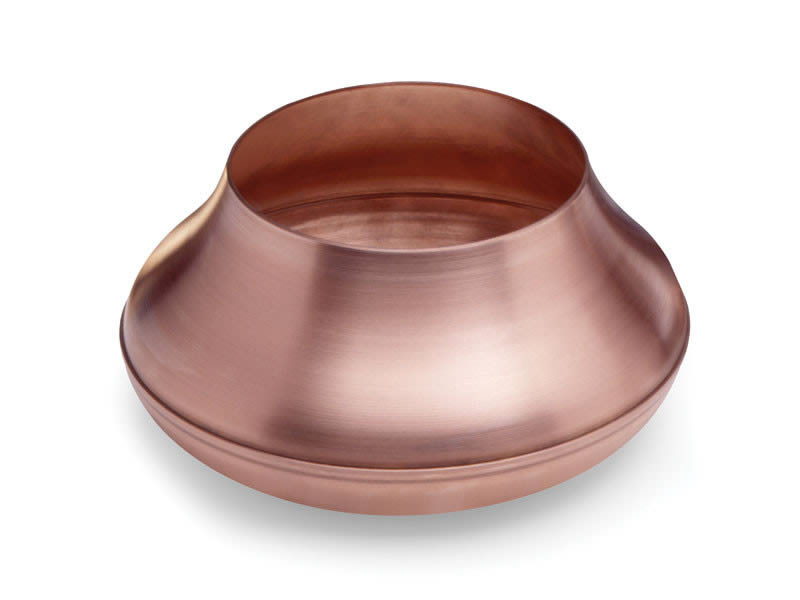 Metal Spinning
Metal Spinning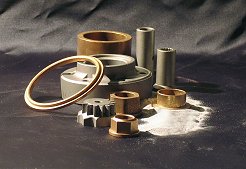 Powdered Metal Parts
Powdered Metal Parts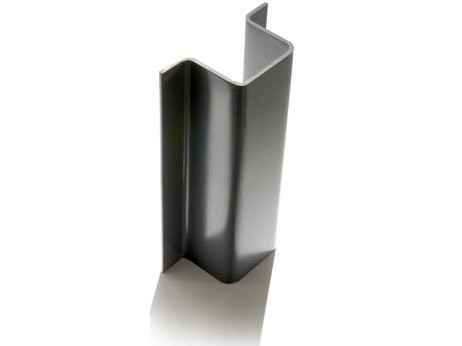 Roll Forming
Roll Forming Springs
Springs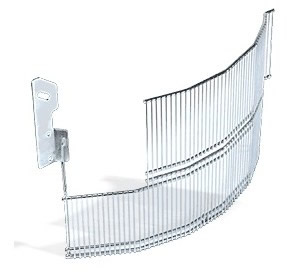 Wire Forms
Wire Forms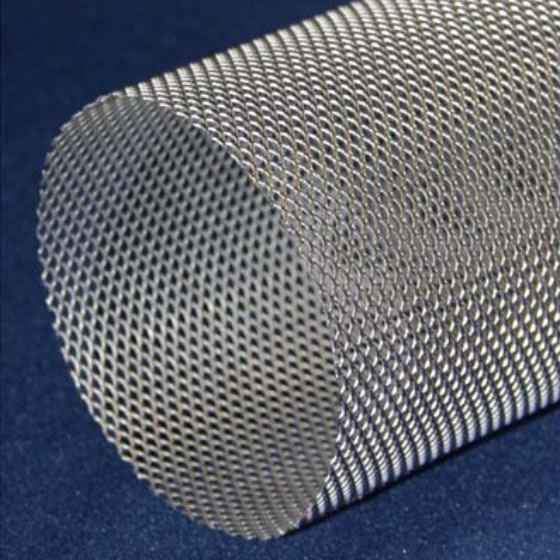 Wire Mesh
Wire Mesh Castings & Forgings
Castings & Forgings Bulk Material Handling
Bulk Material Handling Electrical & Electronic Components
Electrical & Electronic Components Flow Instrumentation
Flow Instrumentation Hardware
Hardware Material Handling Equipment
Material Handling Equipment Metal Cutting Services
Metal Cutting Services Metal Forming Services
Metal Forming Services Metal Suppliers
Metal Suppliers Motion Control Products
Motion Control Products Plant & Facility Equipment
Plant & Facility Equipment Plant & Facility Supplies
Plant & Facility Supplies Plastic Molding Processes
Plastic Molding Processes Pumps & Valves
Pumps & Valves Recycling Equipment
Recycling Equipment Rubber Products & Services
Rubber Products & Services